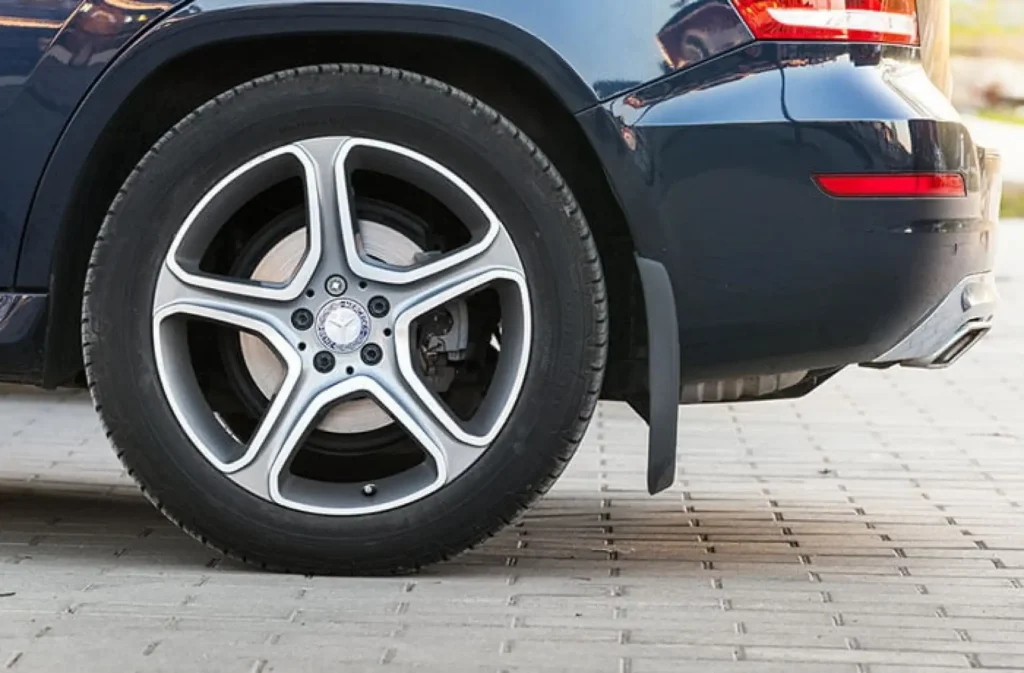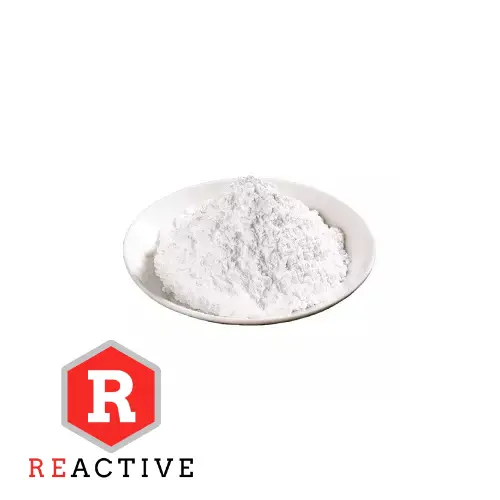Messi Biology stated that magnesium oxide and magnesium carbonate are important additives in rubber products. The amount of magnesium oxide and magnesium carbonate used in many foreign tires is much higher than the domestic average level, generally about 3-7 parts. After the increase of magnesium oxide and magnesium carbonate by 30%-70%, the performance of rubber tires in terms of heat generation and aging has not changed significantly, but the degree of reduction in wear loss is significantly better than that of ordinary tires, and the tire density after the increase of magnesium oxide and magnesium carbonate has a significant reduction, which not only effectively reduces the cost and quality of the rubber, but also greatly improves the performance of the rubber.

Not all magnesium oxide/magnesium carbonate can bear this responsibility and be applied to rubber products, because the quality of magnesium oxide/carbonate has a significant impact on the performance of rubber.
Magnesium oxide is usually divided into light magnesium oxide and heavy magnesium oxide according to its bulk density. According to its chemical activity, it can be further divided into high-activity magnesium oxide, medium-activity magnesium oxide, low-activity magnesium oxide and relatively inert magnesium oxide. Generally speaking, light-weight active magnesium oxide can only be used as a CPE vulcanization additive. When choosing magnesium oxide, it is important not to only focus on its content and mistakenly believe that the higher the content, the better. On the contrary, the quality of magnesium oxide should be comprehensively considered from aspects such as bulk density, activity level (iodine absorption value or citric acid value), content, particle size and surface modification, and then screened through experimental comparison.
Messi Biology has proved through experiments that the comprehensive quality of magnesium oxide/magnesium carbonate has a significant relationship with the physical properties of rubber vulcanization rate and degree of vulcanization, as well as the tensile strength and elongation at break of rubber materials. Generally speaking, light and medium-active magnesium oxide is usually used in most formulations. At the same time, the finer the particle size of magnesium oxide/magnesium carbonate, the better its acid absorption rate, which is more conducive to improving tensile strength and promoting vulcanization. If the surface of magnesium oxide is coated and modified with a suitable coupling agent, its dispersibility and compatibility with rubber can be better improved, making it more suitable for addition to rubber mixing.

